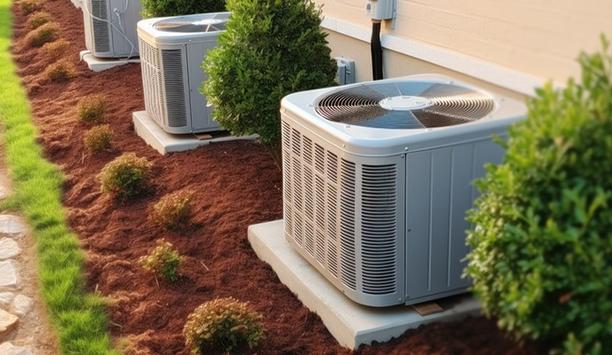A fuel called “Bioheat” is made by blending biodiesel made from organic and recycled products with ultra-low sulfur heating oil. The feedstocks used to make biodiesel include vegetable oils, animal fats, or recycled restaurant grease. About half the biodiesel produced in the United States is made from soybean oil.
Blends are designated in percentages – a 5% blend of biodiesel with heating oil is B5, a 10% blend is B10, and a 20% blend is B20. Blends up to 5% are called “Bioheat,” while blends from 6-20% are “Bioheat Plus.” Blends from 21-100% are “Bioheat Super Plus,” and ongoing research is under way on higher percentage blends. The process of blending biodiesel into heating oil must meet ASTM D396 and 6751 specification and standards.
Biodiesel-based Heating Oil
Much of the home heating oil currently used in the United States contains biodiesel, but its use is not required in every state in New England, where the cold climate favors use of heating oil over electric heat pumps. The New York Heating Oil Association has pushed for mandates to use B20 blends by 2034, with the percentage of biodiesel increasing gradually from a B5 blend required in 2017.
New York is the only state with an active mandate. Connecticut, Rhode Island, and Vermont require all neighboring states to have active mandates before laws go into effect. Although Massachusetts implemented a Bioheat mandate in 2010, it was subsequently replaced with a voluntary program because of costs.
Lowering The Carbon Content
The process of blending biodiesel into heating oil must meet ASTM D396 and 6751 specification and standards
The home heating oil industry is concentrated in five Northeast states: New York, Massachusetts, Maine, Pennsylvania and Connecticut, which use 3 billion gallons of heating oil per year between November and March, according to the Energy Information Administration.
The addition of biodiesel lowers the carbon content (and thus the environmental impact) of heating oil. The U.S. Environmental Protection Agency says biodiesel reduces greenhouse gas emissions, including nitrogen oxide. The process of making biodiesel from renewable and organic sources also boosts the environmental profile.
Greenhouse gases emitted by the heating sector are significant. For example, in Rhode Island, the sector produces a third of the state’s 11 million metric tons of carbon dioxide equivalents released annually.
All Electric Systems And Heat Pumps
Although biodiesel can help to meet carbon reduction goals, there is also a push for more expensive “all electric” systems (i.e., heat pumps) in cities throughout the Northeast.
Pricing of heating oil blended with biodiesel is comparable with that of pure heating oil but may be somewhat higher. A blended fuel also burns cleaner and more efficiently, which reduces heating system maintenance and improves energy efficiency.
Bioheat fuels can be used in the same tank and furnace system as standard petroleum heating oil without modification.
Concerns Surrounding Biofuels
The U.S. Environmental Protection Agency says biodiesel reduces greenhouse gas emissions, including nitrogen oxide
There is some concern that producing biofuel stock could strain the food supply by displacing food crops in order to produce plant-based fuels on a large scale. Currently biodiesel is limited by the volume of available feedstock needed to achieve scale. Also, the lifecycle of producing renewable fuels may emit greenhouse gases.
American GreenFuels, New Haven, Conn., has announced its biodiesel product has achieved environmental claim validations from Underwriters Laboratories. UL has confirmed that biodiesel produced by American GreenFuels contains an average of 42 percent post-consumer recycled content and 46 percent byproduct synergy feedstock content. As the largest biodiesel producer in the Northeast United States, American GreenFuels produces biodiesel from plant oils and recycled waste materials.






































